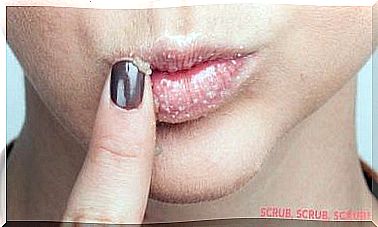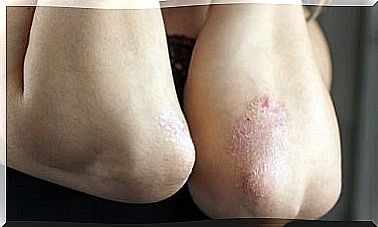What Is Sadorexia?
Sadorexia is a recent eating disorder (ED) that combines two conditions: anorexia and a set of violent sexual practices. There are still not many research trials in this regard, so the knowledge we have today about the pathology is limited.
However, it should be noted that eating disorders and psychological problems are closely related. In fact, the ACTs themselves can be included within this group. It is common for patients to present certain behaviors different from the usual or risky ones that must be monitored and, in some cases, treated.
Sadorexia: a behavioral pathology
As we mentioned, sadorexia unites a strong restriction of food intake together with a taste for sadomasochism (violent sexual practices associated with pain). According to research published in the journal Endocrine, Metabolic & Immune Disorders Drug Targets , anorexia is an obsession with extreme thinness that pushes the individual to drastically reduce food consumption.
In turn, people with sadorexia tend to like some behaviors that involve pain or physical abuse. They derive sexual pleasure from self-induction of vomiting or flogging, which prompts them to self-harm.
According to recent studies, this type of practice could be related to the level of sex hormones or to some specific neurological patterns.

Causes and method of detection
The causes of sadorexia are very diverse. Some are not well identified. There is an extreme concern for physical appearance that, together with social pressure, pushes the individual to seek an unhealthy thinness.
There are even scientific trials that ensure that eating disorders respond to a basis of genetic alterations , so that environmental conditions could be just the match that lights the fuse of the problem.
What is clear is that the social context and the education that a person receives condition the risk of developing a problem of this type. Traumatic events experienced throughout life are also a possible substrate for the appearance of an ED, of whatever type.
As far as detection is concerned, there are screenings and psychological tests that facilitate diagnosis. However, they must be carried out by a qualified professional.
With these tools, risk behaviors typical of sadorexia can be recognized. It should be noted that the earlier the detection, the higher the success rate of the subsequent intervention.
Treatment of sadorexia
When talking about the treatment of sadorexia, it is important to make special mention of the need for a multidisciplinary team. It must be made up of a nutritionist, a psychologist and a psychiatrist. Only joint work can reverse this condition.
In the most severe cases, when the patient is malnourished, hospitalization may be necessary. This is stated in a publication made in the Revista Medica de Chile . Under these types of situations, the infusion of intravenous serum enriched with nutrients is necessary to prevent serious metabolic problems.
If treatment is done on an outpatient basis, nutrition education is essential. At first, it may be advisable to propose a dietary model based on minimums, which covers the basic needs. From here on, concepts should be demystified and gradually including varied products in the diet.
In addition, this intervention must be complemented with psychological support based on behavioral change. It is necessary to guide pharmacology to improve mental stability and prevent excessive risk practices or suicide attempts.

Sadorexia: a recently discovered pathology
As we discussed, sadorexia is a relatively recent disorder in its classification. However, more and more is being diagnosed in the field of psychological and nutritional consultation. The procedure is very similar to that of any other TCA.
It is necessary to create a multidisciplinary team to address the pathology from different points of view, with the aim of exercising synergy. The most serious cases may require hospitalization and it is necessary to avoid, as far as possible, the sequelae.
Behavioral education and psychological therapy will go a long way toward minimizing risky practices that may be harmful to health. If you suspect that someone in your environment may suffer from this problem, consult a professional as soon as possible.








